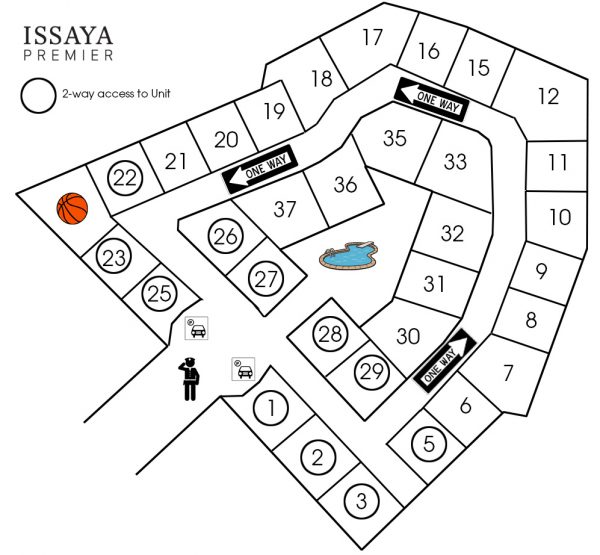

The interesting thing about these numbers is that they fall into the normal range we find with the general population. Out of a total of 418 responses, 355 (85%) reported that they were right-hand dominant, 53 (13%) reported being left-hand dominant, and 10 (2%) reported ambidexterity. With the results in, it was time to start analyzing them.

The result was a smashing success as compared to my earlier effort with over 400 responses as of this writing (a few responses keep coming trickling in, but my guess is they won’t overall effect the results that much at this point).

I asked friends to repost the link to their own profiles in an effort to cast as wide a net as possible. Once the form was composed, I put it out on Facebook via my own personal profile and several poi-centered groups, as well as Google+, and Twitter. I wanted this form to be able to be filled out in less than two minutes. I’d considered asking for eye preference as well, but ruled it out as I believed describing the test necessary to determine this would take too long and be too prone to error. While the latter two clearly had less to do with skills based in the upper body, I was curious if I might find a correlation between an equal preference in direction of spin with people who favored one side of their body for one pursuit and the other side for another (if my brain is already working on both sides evenly, will it then work in both directions of spin equally?). The questions on this form were designed to test laterality across three different categories: respondents were asked which hand they preferred to write with, which foot they preferred to kick a ball with, and which stance they preferred for board sports. To gather data, I decided to use an anonymous Google Form shared via all the different social networking sites I had access to.
#Counter clockwise left or right full#
This time I got a huge response and I feel much more confident that I can give a full picture on the role laterality has in a poi spinner’s dominant direction of spin. But I was still curious, so I decided to relaunch my probe again this year, this time using all the tools at my disposal for putting out information. At that time I got only 40 responses and thus not enough to really draw any significant conclusions from. My first attempt to answer this question came a couple years ago when I put a questionnaire on Facebook. Given the focus that poi has on the hands, could we then look for spin direction dominance in which hand a person was more comfortable with? I’d seen a lot of anecdotal cases of lefties being more inclined to spin counter-clockwise (though also many cases where this wasn’t true at all), so I resolved to get to the bottom of the question myself. Having been a snowboarder and skateboarder throughout my teen and college years, the role of having a goofy versus regular stance preference was all too familiar to me. Side dominance definitely has an effect on other physical pursuits, after all. But what if there was a quick and easy way to determine those folks that I’d need to reverse the directions for ahead of time? On a practical level this can lead to a lot of problems as when I teach from my dominant direction, they may try to learn a move the same way I’m performing it and thus make it doubly hard on themselves. For me, it is clockwise, but it’s almost inevitable that in every workshop that I teach I’ll have one or two folks whose dominant direction is counter-clockwise.


 0 kommentar(er)
0 kommentar(er)
